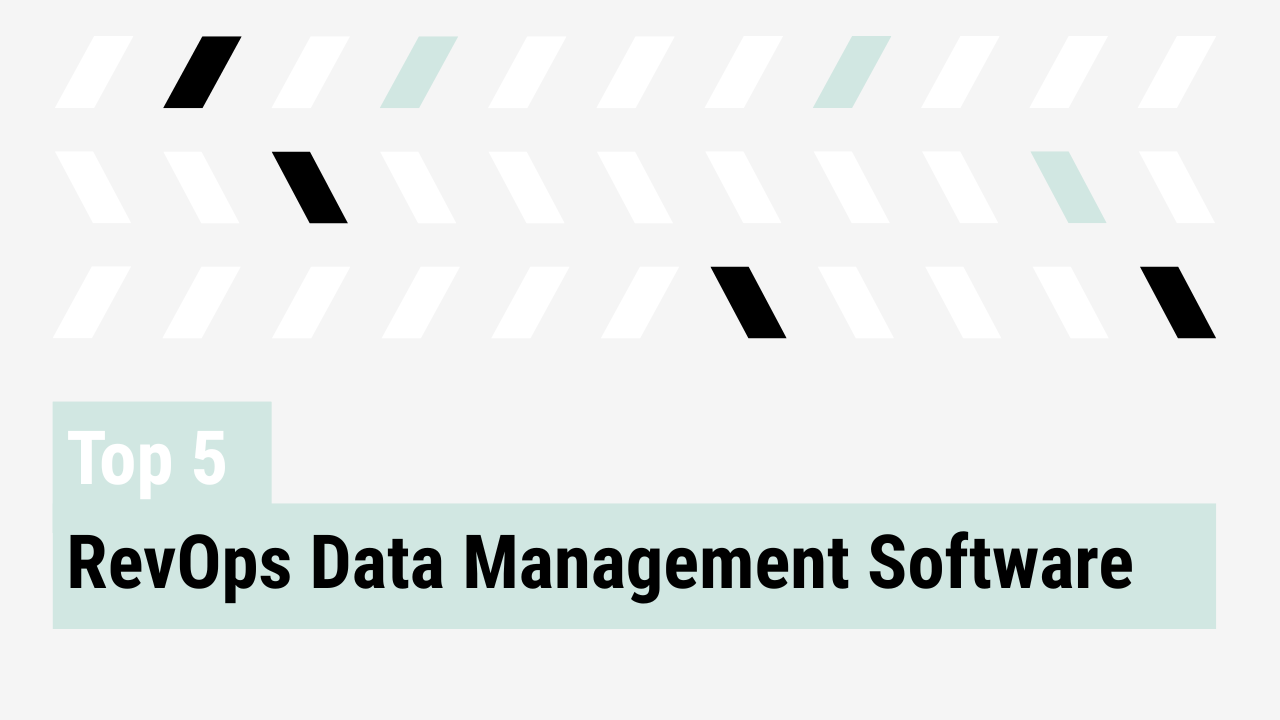The CRO is sweating. The board slide shows $42 million in pipeline. But the CFO’s version? $35 million. Meanwhile, RevOps is scrambling to explain how both numbers are technically correct, just using different filters.
This is how trust breaks, in the middle of a board meeting, because the numbers don’t match.
In go-to-market operations, undefined KPIs in RevOps are more than just a data issue. If your RevOps metrics don’t start with clear, aligned definitions, you’re operating on unstable ground.
Misaligned metrics signal weak leadership
Joel Arnold, a strategic RevOps leader, has seen this play out too many times. When he joins a new company, the first red flag is always the same: no one agrees on what the numbers mean.
“You try to pin them down on what those things actually mean and they’re kind of dodge-y and unsure… You have two people across the table pointing in different directions.” — Joel Arnold, Arnold GTM Advisors
This ambiguity creates parallel realities. Different teams build reports on the same data but come to different conclusions. The board loses trust in what’s being presented. That breakdown is a leadership liability.
A strategic RevOps leader begins with a definitions audit. They identify 5–10 core metrics used across board decks, dashboards, and team reviews. Then they standardize definitions, filters, and calculations. They document these and socialize them in a shared metrics dictionary. Establishing clarity early is the fastest way to demonstrate control and earn executive trust.
Strategic energy gets misdirected
When KPIs lack alignment, teams spend cycles building dashboards that don’t matter and analyzing outcomes they can’t explain. Strategic effort gets diluted. Resources go to waste.
“I want the simplicity on the far side of complexity… you can almost count the fields in Salesforce and know how deep in the water you are.” — Joel Arnold
Additional tooling won’t solve this problem if priorities are unclear. Without precise definitions, even clean data doesn’t translate into good decisions. KPI alignment must be a strategic priority.
Strategic leaders narrow scope before scaling automation. They ask: Are we measuring the right things, or just what’s easy to track? Then, they consolidate reporting into a few source-of-truth views and tie them directly to company objectives. Executive teams look for focused, outcome-driven initiatives. Clarity on measurement signals strong operational intent.
Metric noise creates risk
When metrics aren’t clearly defined, they often appear useful on the surface. But misleading dashboards result in misinformed decisions. Confidence builds on the wrong foundation.
Under pressure, these errors come to light. And RevOps is the first place the C-suite looks.
Automation reinforces these problems when it scales unvalidated data. Even the most advanced automated board reporting can’t correct upstream confusion.
Strategic RevOps leaders implement guardrails. They tag reports with “approved” or “exploratory” labels, require QA for board-facing metrics, and maintain a simple audit trail for every key number. Consistency and traceability in reporting is a visible signal of leadership maturity.
The C-suite expects structure and readiness
If you’re aiming for influence in executive rooms, clarity and structure must be non-negotiable. Strategic RevOps leadership means taking full responsibility for what metrics mean and how they are presented.
“Create a definition report for every key performance indicator… so if anyone builds a dashboard, it starts with the right filters.” — Joel Arnold
This practice builds a scalable data foundation. When stakeholders know where a number comes from and how it’s built, they trust the insights behind it.
Build a definition report for every KPI used in board reporting or executive dashboards. Store these in a shared folder, restrict editing, and make them the required starting point for all analysis. Operational consistency and well-documented processes show the C-suite that RevOps is a strategic enabler.
Define your metrics. Define your influence.
Metrics shape perception. Poorly defined ones damage credibility. Well-managed ones build it.
Audit your KPIs. Build a source-of-truth for each one. Get alignment from your leadership team. Metrics are more than numbers, they reflect the operational discipline behind your team.
Influence starts with what you measure, and how clearly you define it.



